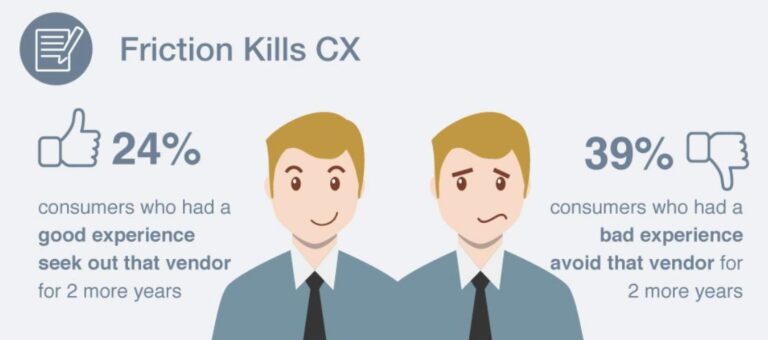
Some of the biggest problems eCommerce currently face are the laws of time and space. True, shipping networks have becoming stunningly efficient, but websites still lose business to other companies, simply due to convenience. This is why Redbox still holds a slight advantage over Netflix (in my book).
That may not be true for long. Amazon.com recently chose to stop fighting attempts to collect sales tax on its transactions. This is because it’s seeking to build a network of warehouses that will erase any sort of delay in order fulfillment. Instead of buying something and waiting, you’ll buy something and it will be waiting at your house when you get home or delivered right to your hands. (Read about this ambitious effort here.)
This subtle change might be the most disruptive one in e-commerce. Imagine a moment when your product is sitting in an enormous network of warehouses, and the minute a customer pays on your site, the product rockets out the door and heads straight to him: truly a Jetson’s like experience
This would level the playing field, and even if you couldn’t take advantage of the warehouse network, it would still speed up fulfillment: After all, fewer packages can mean quicker package runs. It won’t happen tomorrow, but it’s coming soon. That’s the way it is with the future: eCommerce revolutions are much closer than you think.






